Most organisations are making visible efforts to support employee mental health. Research has shown that 96% of UK companies now invest in some level of mental health support services for employees. But beneath the progress lies a quiet oversight – one that risks alienating a large and the fastest growing segment of the workforce.
Gen Z is frequently cited as the most stressed demographic in the workplace, with 91% of 18–24-year-old employees reporting stress, compared to 84% of employees overall. These high levels of stress are entirely understandable – years of economic uncertainty, social disruption, and instability have created a challenging environment for young people trying to navigate work and life.
However, the data doesn’t always give a full picture of the reality. Although older employees may not report stress or other mental health challenges to such a degree, it does not mean they do not exist. Many are facing a silent struggle – one that is often overlooked by employers.
As a mental health trainer, I’ve seen how this age group can be left behind in wellbeing strategies. Not through malice, but through unhelpful assumptions and stereotypes that workers in this segment are more resilient, can cope with pressure and are unwilling to participate in initiatives. The reality is often very different.
Why older workers may suffer in silence
Mental health doesn’t discriminate by age – but our responses to it often do. Employees now in their 50s and 60s grew up in a time where mental health was rarely discussed, let alone understood. Many people from these generations were raised with a stoic attitude and ‘just get on with it’ attitude and many have been taught to internalise negative feelings such as stress and anxiety, for fear of being judged as weak or incapable.
This can also make people less likely to recognise the signs and symptoms that they themselves are struggling to cope with. Even when they do, they may be more reluctant to speak up and seek him. One senior manager I spoke with recently put it bluntly: “If I’d admitted I was struggling, I feared it would be the beginning of the end of my career.”
For HR leaders and people managers, this presents a unique challenge: how do you support someone who may not even realise they need support – or who actively resists it?
The hidden stressors of midlife and beyond
It’s important for employers to acknowledge that every employee’s experience of mental health is unique. But to understand the mental health needs of this demographic, we must look beyond the workplace. For many, stressors exist at the intersection of personal and professional life.
Although not limited to this demographic, employees who are aged 50 plus may be supporting ageing parents, while still parenting their own children – and sometimes even grandchildren. Financial concerns are common, particularly with rising living costs and worries about retirement. Health anxieties can emerge, both physical and psychological. And for some, a sense of fading relevance or value in their workplace can quietly erode confidence.
Add to that the increased likelihood of bereavement, divorce, or chronic illness in this age group, and it becomes clear: there is often a great deal going on beneath the surface.
Most alarmingly, the statistics speak for themselves. In the UK, men aged 45-64 have the highest suicide rate of any age group. It is a stark reminder that midlife can be a mental health pressure point.
Why a blanket approach to mental health will miss the mark
What Gen Z employees benefit from, may not resonate with older workers. As is often the case, they may find it alienating or inaccessible. Therefore, the language we use, the channels we communicate through, and the assumptions we make about what mental health support looks like, all need to be re-evaluated through the lens of age inclusion.
It’s also important to recognise that older workers may be less familiar with – or less trusting of – mental health terminology. A campaign that talks about “burnout,” “resilience,” or “mindfulness” might not land if those terms feel foreign or disconnected from their experience.
Practical steps for HR and people managers
What can employers do to better support the mental health of older workers?
1. Train managers to spot the signs of poor mental health across generations
Managers are often the first line of defence when it comes to mental health. Equipping them to spot the subtle changes – withdrawal, irritability, drop in performance, or physical complaints – can make all the difference. Encourage curiosity and compassion with conversations that invite discussion: “I’ve noticed you seem a bit quieter than usual – how are things going?” – can open a door that’s been closed for years.
Managers may themselves be more hesitant to discuss mental health and related conversations, which can lead to a catch-22 situation in which neither manager or employee feels they can speak up. Training is an essential component of breaking down these barriers.
2. Review communication channels
Don’t assume all employees consume content in the same way. When it comes to updates or alerts on the company’s wellbeing policy and support, know that not all employees will read Slack or the Teams chat. Likewise, when it comes to consuming content, some employees may not best receive information via webinars. Offer varied formats of support, including face-to-face briefings, print materials, and even phone-based support.
Mental health support and communication should be accessible to all, regardless of age.
3. Tailor support options
It’s clear that a one-size-fits-all approach to mental health in the workplace will not meet the diverse needs of a multi-generational workforce – or reach those who are quietly struggling beneath the surface. Tailoring support services – which may include counselling, peer mentoring or providing sessions that address specific midlife challenges like care-giving, health concerns, or retirement planning – can help older employees feel genuinely understood, empowered, and better equipped to manage the unique pressures they face.
4. Shift the culture
Create spaces where vulnerability is met with empathy, not judgement. For many older workers, speaking openly about mental health can feel risky, especially if they’ve spent years in environments where emotions were kept private. That’s why psychological safety is essential. When senior leaders share their own mental health experiences – whether it’s stress, burnout, or personal challenges – it helps to dismantle the stigma and sends a powerful message: it’s OK to ask for help. HR can support this shift by offering safe, varied opportunities for open dialogue, from story-sharing campaigns to drop-in sessions. Empathy must be embedded in workplace culture so older workers feel safe, seen, and supported when they need it most.
5. Challenge ageist assumptions
Challenge ageist assumptions that suggest older workers are less adaptable, less in need of support, or somehow unaffected by the pressures of modern work. These stereotypes can quietly undermine both confidence and inclusion. Instead, actively recognise and celebrate the unique strengths that come with age – deep experience, valuable perspective, and emotional intelligence. Make it clear through your policies, language, and leadership messaging that wellbeing matters at every stage of a career, not just in its early years. When older employees feel genuinely valued and supported, they are more engaged, more productive, and more likely to stay and thrive.
No one should have to suffer in silence
Employers must not wait for a crisis to pay attention to the mental health of the ageing workforce. By tailoring mental health strategies to the realities of midlife and beyond, we can build truly inclusive workplaces where everyone – regardless of age – feels seen, supported, and valued. And in a labour market where the competition for talent is fiercer than ever, retaining and supporting this demographic isn’t just a matter of fairness – it’s a business imperative.







